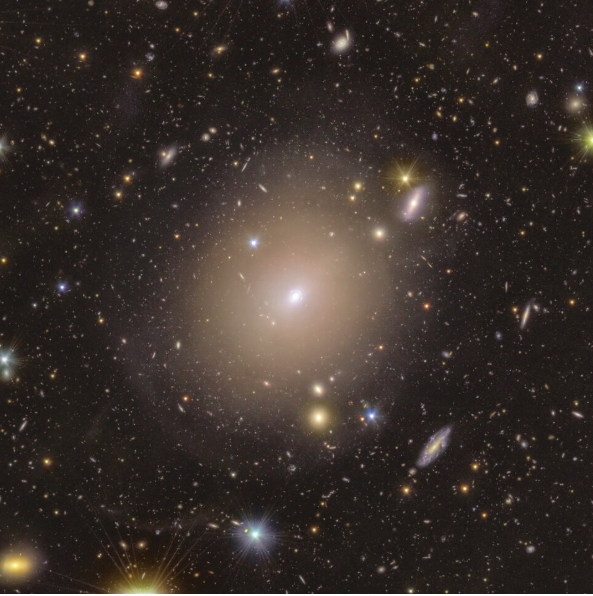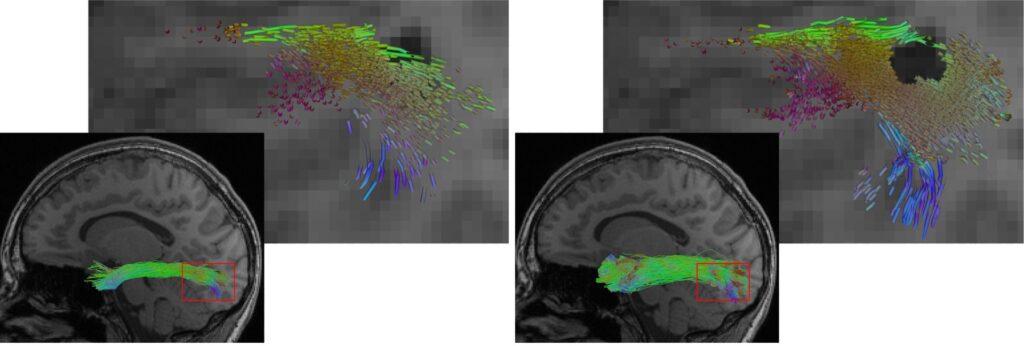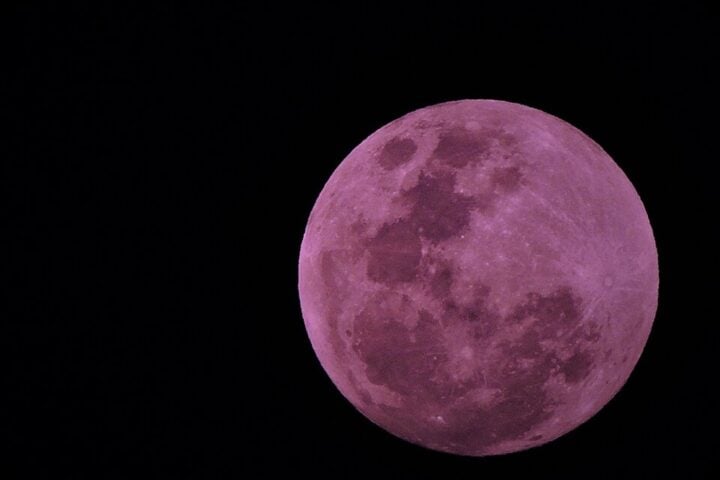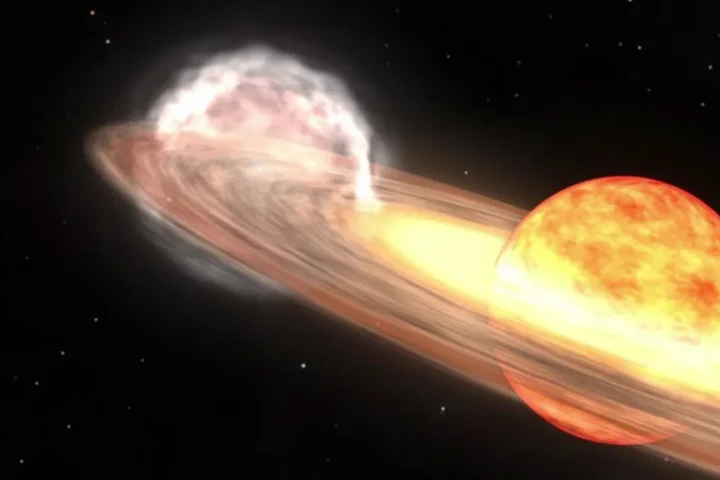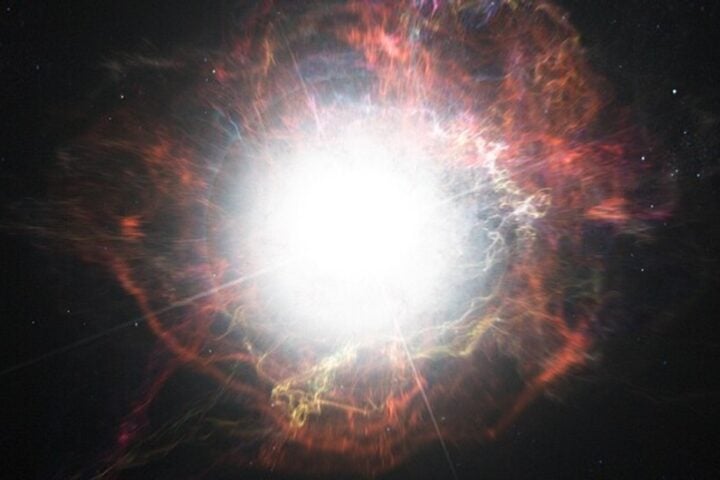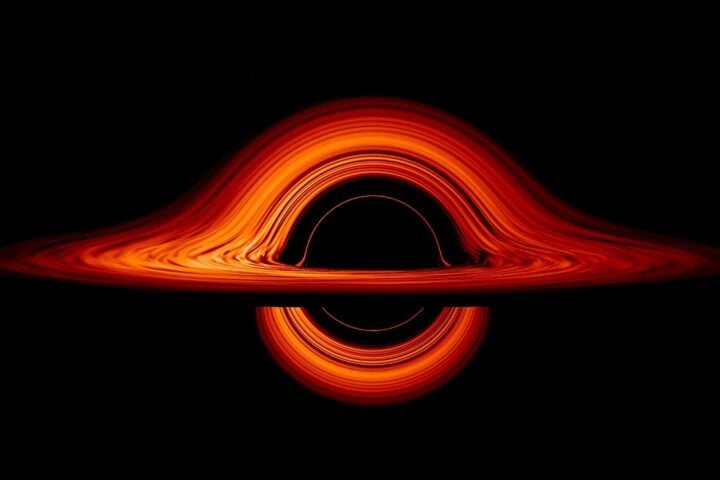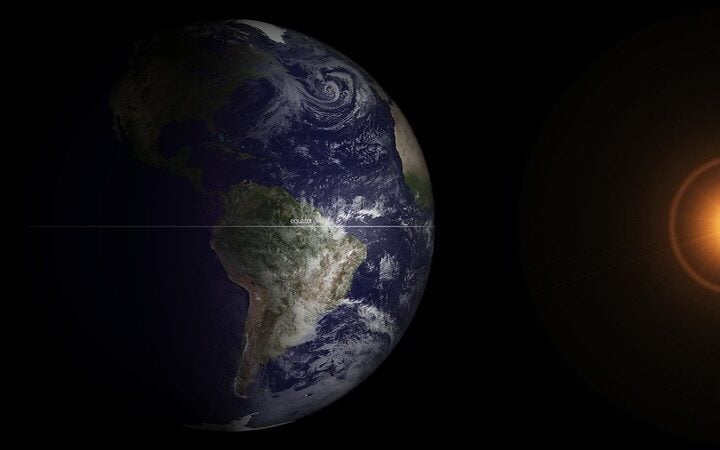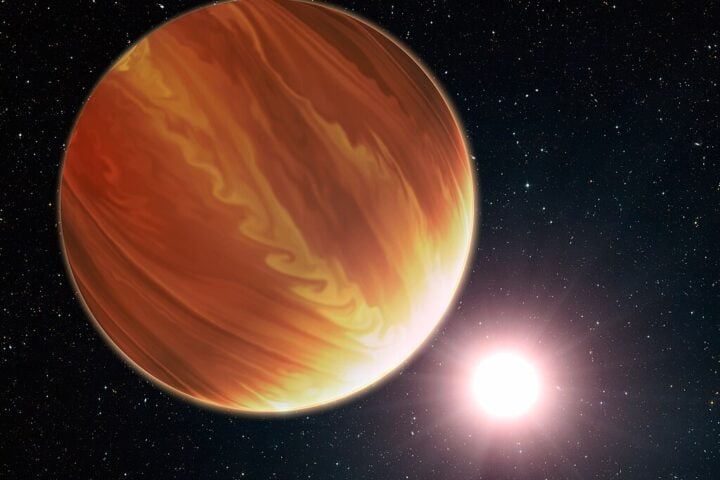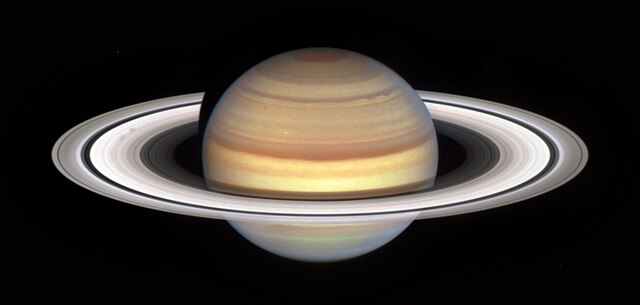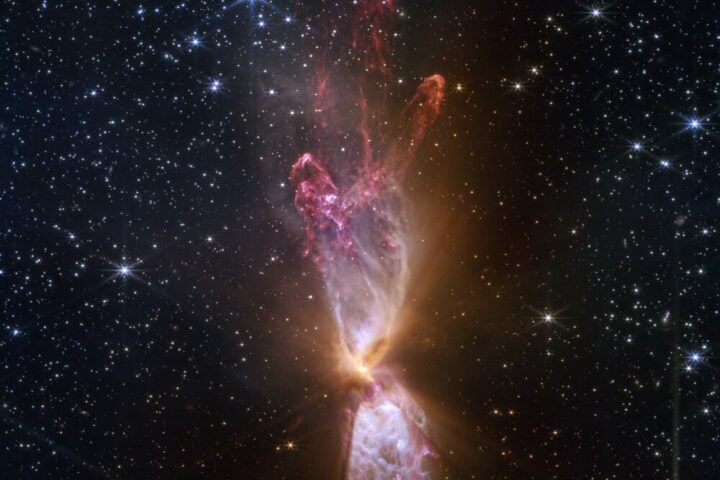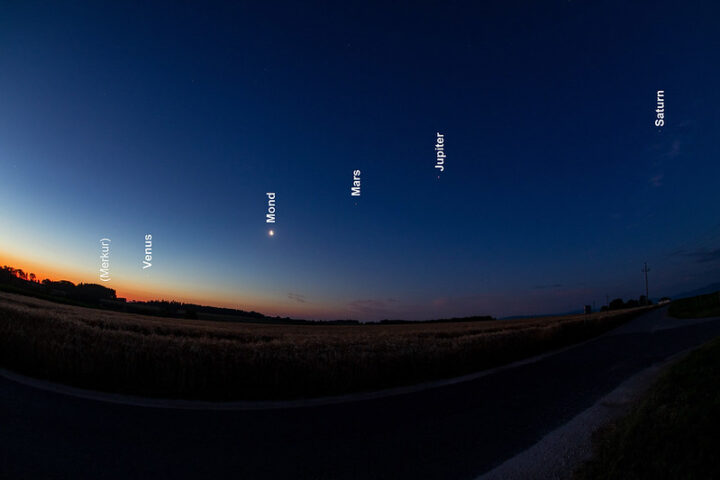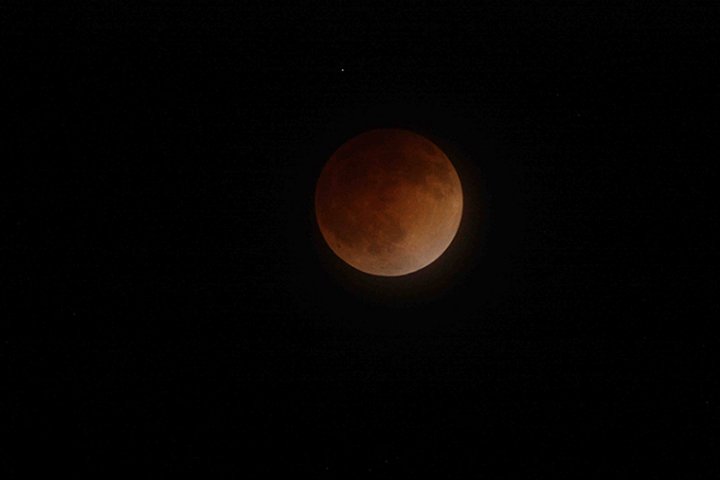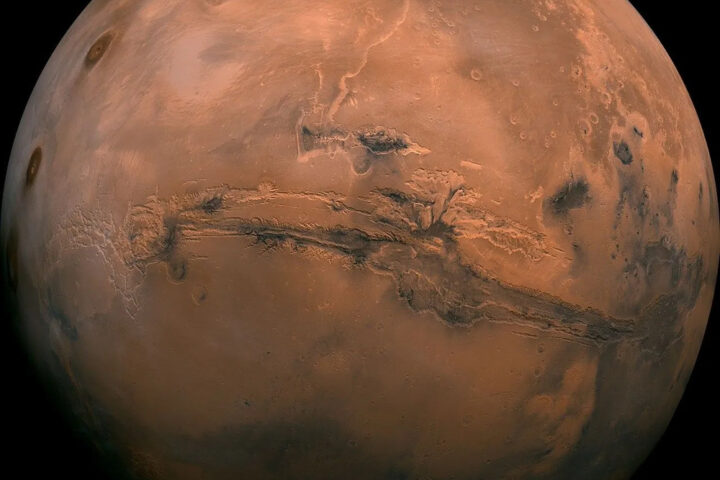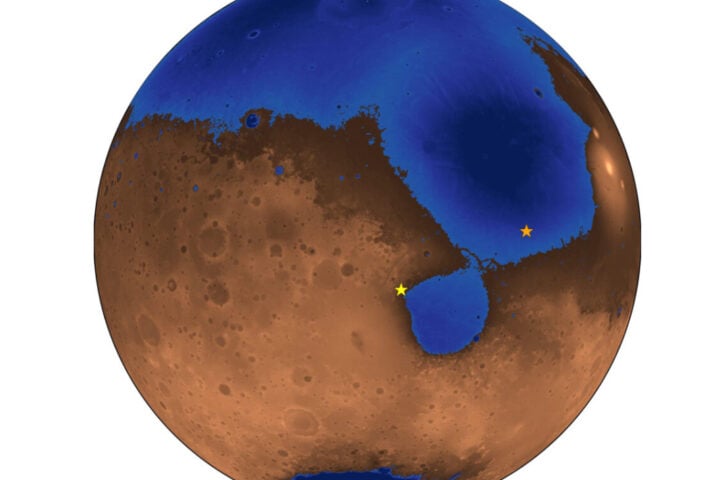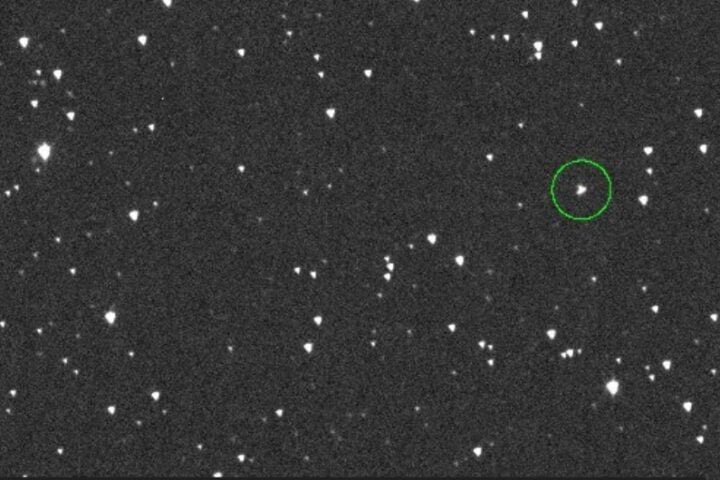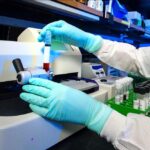The European Space Agency’s (ESA) Euclid telescope has captured an extraordinary sight that even Albert Einstein thought impossible to observe: a perfect ring of light around a galaxy just 590 million light-years from Earth. This rare phenomenon, known as an Einstein ring, was discovered during the telescope’s testing phase in 2023.
The ring appears around galaxy NGC 6505, which has been known to astronomers since 1884. What makes this discovery particularly remarkable is that it shows light from a more distant galaxy, located 4.42 billion light-years away, being bent by NGC 6505’s gravity into a complete circle.
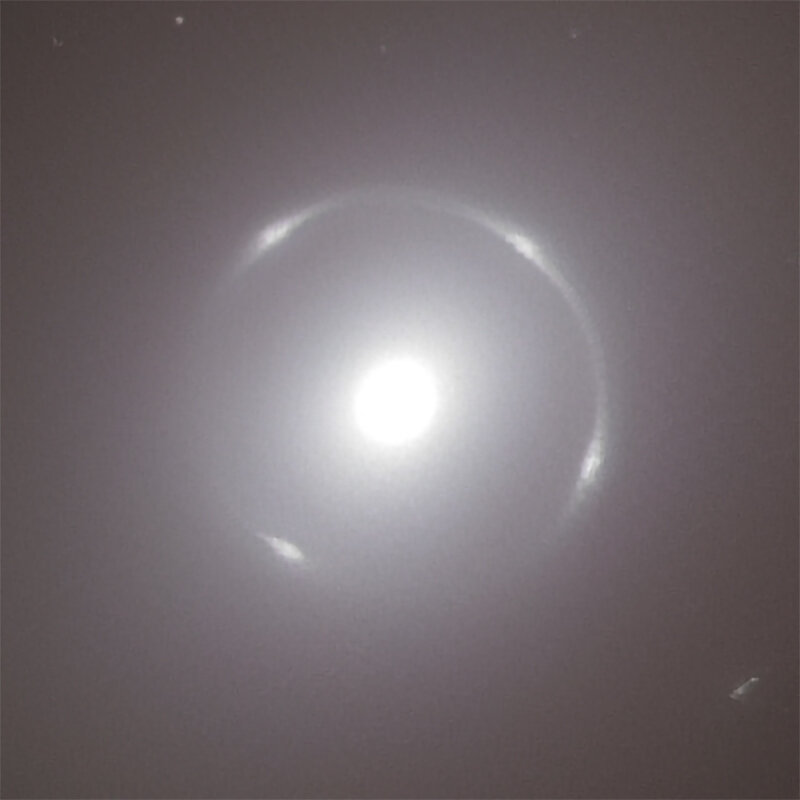
“This is a beautiful, extraordinary, thrilling and lucky find in our first data,” says Professor Stephen Serjeant from the Open University. The discovery’s significance lies not just in its rarity, but in its proximity to Earth – simulations suggest this lens had only a 0.05 percent chance of existing, making its discovery even more remarkable.
To understand how an Einstein ring forms, picture what happens when you place a heavy bowling ball on a trampoline mat. Just as the trampoline’s surface curves around the ball, space itself bends around massive objects like galaxies. When light from a distant galaxy passes through this curved space, it bends around the foreground galaxy, creating the ring effect we observe.
The discovery carries special significance for scientists studying dark matter, a mysterious substance that makes up most of the universe’s mass. By analyzing NGC 6505, researchers have determined that about 11% of its mass is dark matter – a surprisingly small fraction that raises intriguing questions about galaxy formation.
Similar Posts:
“I find it very intriguing that this ring was observed within a well-known galaxy,” says Dr. Valeria Pettorino, ESA Euclid project scientist. “The galaxy has been known to astronomers for a very long time. And yet this ring was never observed before. This demonstrates how powerful Euclid is, finding new things even in places we thought we knew well.”
The Euclid telescope, launched in July 2023, aims to create the largest 3D map of the cosmos ever made. This map will help astronomers understand how dark matter is distributed throughout space and how dark energy influences the universe’s expansion. Finding such a perfect Einstein ring so early in its mission suggests the telescope is performing exactly as intended.
Thomas Collett from the University of Portsmouth emphasizes the exceptional nature of this discovery: “This is probably the prettiest lens we will find in the mission.” The telescope has recently started scanning billions of galaxies over an area that will eventually span a third of the night sky.
The discovery also offers a unique opportunity to test Einstein’s theory of general relativity. Because this Einstein ring is so close to Earth, astronomers can measure the galaxy’s mass in two different ways: by studying how much it bends light and by measuring its stars’ speeds. Einstein’s theory predicts these measurements should match, making this nearby ring an excellent testing ground for one of physics’ most fundamental theories.
The research team has suggested naming the phenomenon “Altieri’s Lens” after Bruno Altieri of the European Space Agency, who first spotted it in Euclid’s test data. As the Euclid telescope continues its mission to scan billions of galaxies across a third of the night sky, this discovery marks just the beginning of what promises to be a remarkable journey of cosmic exploration.
